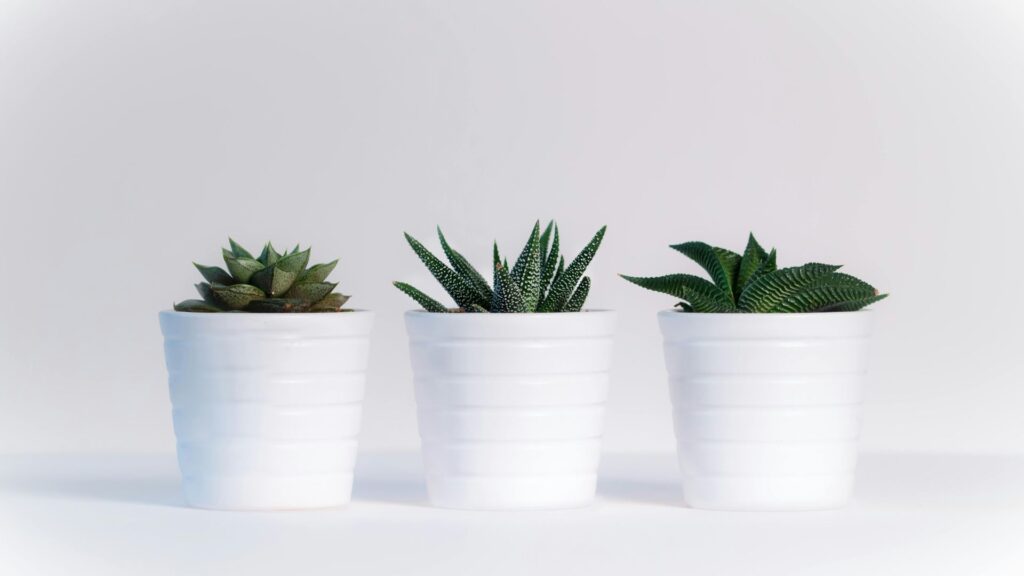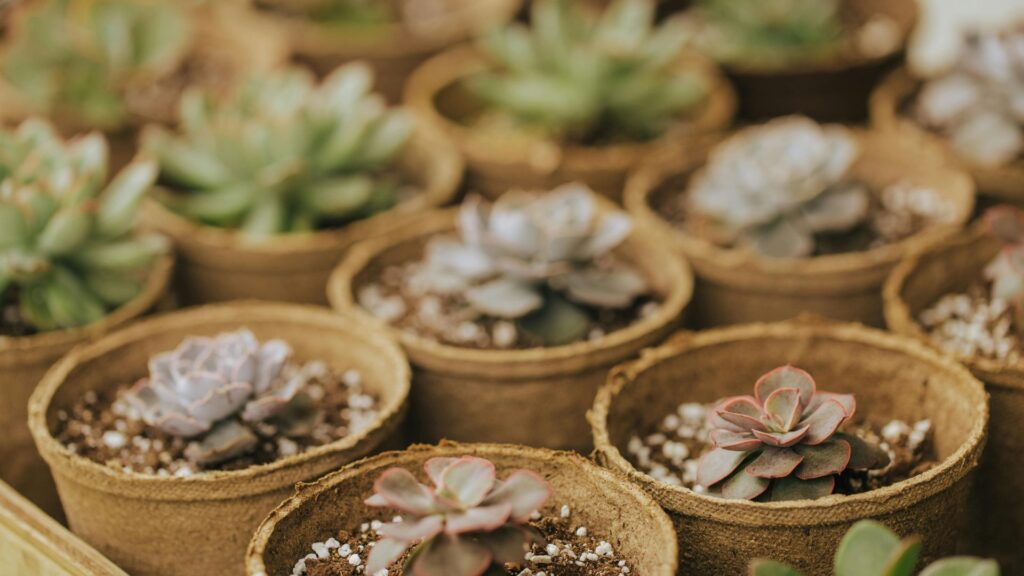Creating a mini indoor jungle can play an important role if you want to transform your space into a lush, green shelter. My guide will help you get started on your exciting journey to bloom your own indoor garden.
It’s quite easier than you might think, and the rewards are more pleasant. So, this is how to create your very own mini indoor jungle.
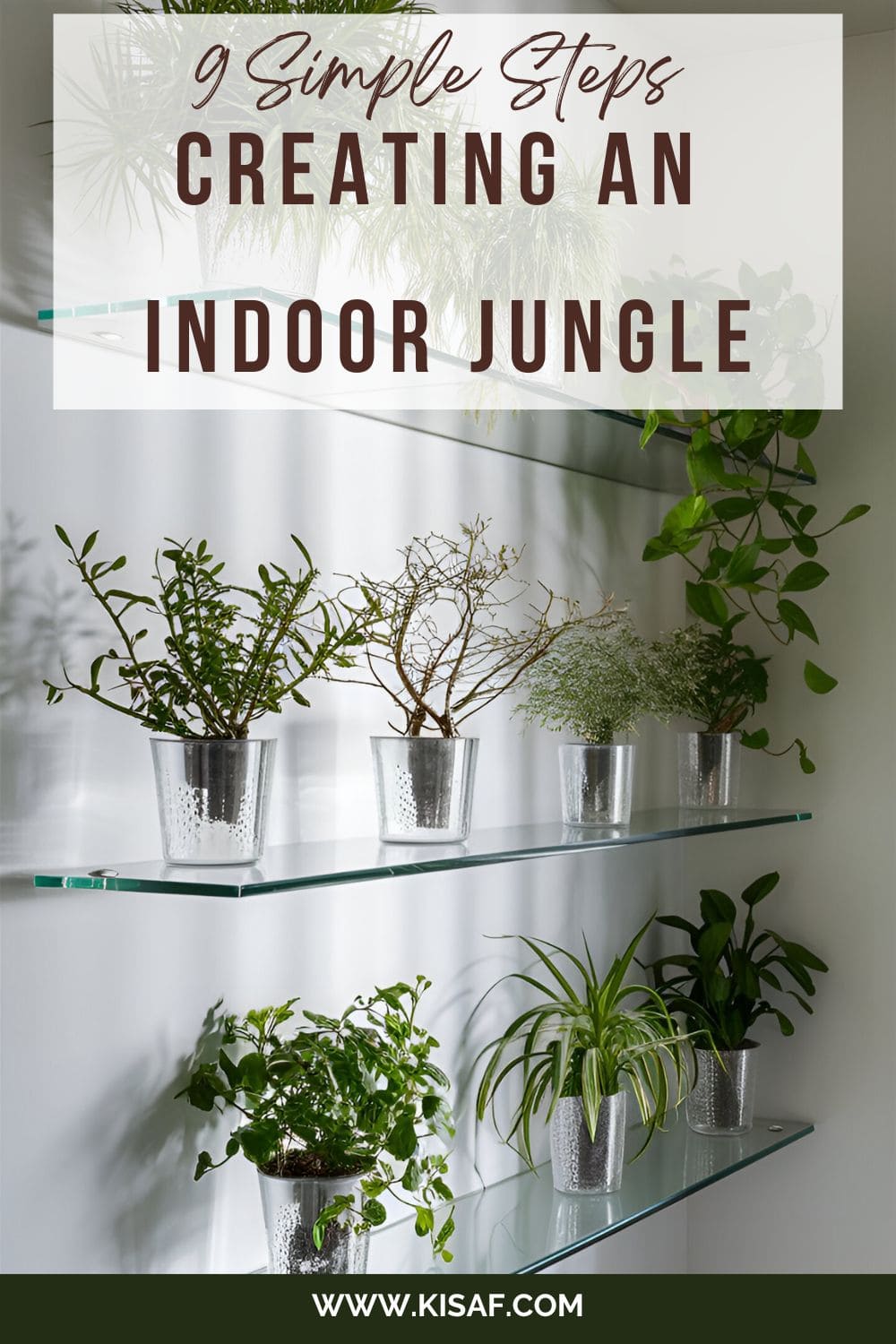
How to Create An Indoor Jungle
I have taken some time and have divided the whole process into 8 simple-to-understand steps to make everything easier for you.
If you still have any queries, then make sure to write them in the comments.
1. Choosing the Right Plants
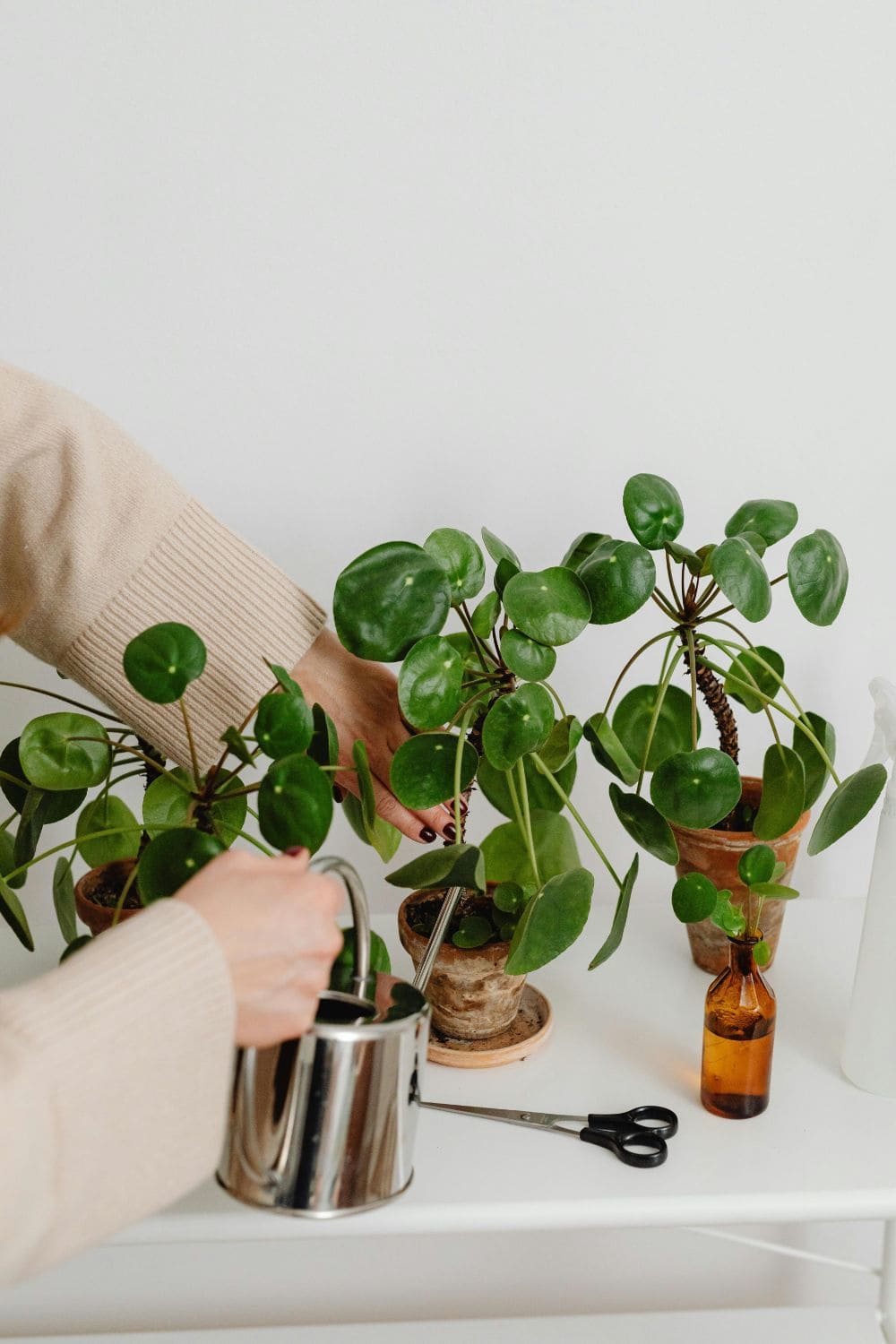
First, select your very own plants. Every plant has its own different needs. Some thrive in low light, while others need direct sunlight.
Consider plants like pothos, snake plants, and ZZ plants or low light areas. For sunnier spots, think about succulents, spider plants, and peace lilies, which adore sunlight.
Related: Care Guide For Succulents Indoors
Remember, mix and match. Variety is the main key. Different leaf shapes, sizes, and colors can add to the jungle feel.
Another point is to think about the plant’s growth habits. Some plants like to climb, while others prefer to drape down or trail.
2. Planning Your Space

Next Step, plan your space. Look around your beloved house. Identify the main spots where plants can bloom happily. Think about windowsills, shelves, and hanging planters.
Vertical space is your friend. So, Use it to create layers of greenery.
Measuring your space is essential. As this helps avoid overcrowding, which may not look nice. Too many plants in one spot can lead to problems.
Ensure each plant has enough room to grow. Leave space for air circulation, which is important for a healthy plant.
Amazon Product Recommendation
If you're planning to do indoor gardening then you must a nice concrete pot, so here is one for you.
Disclaimer: Commissions are earned if you make a purchase through these links at no extra cost to you.
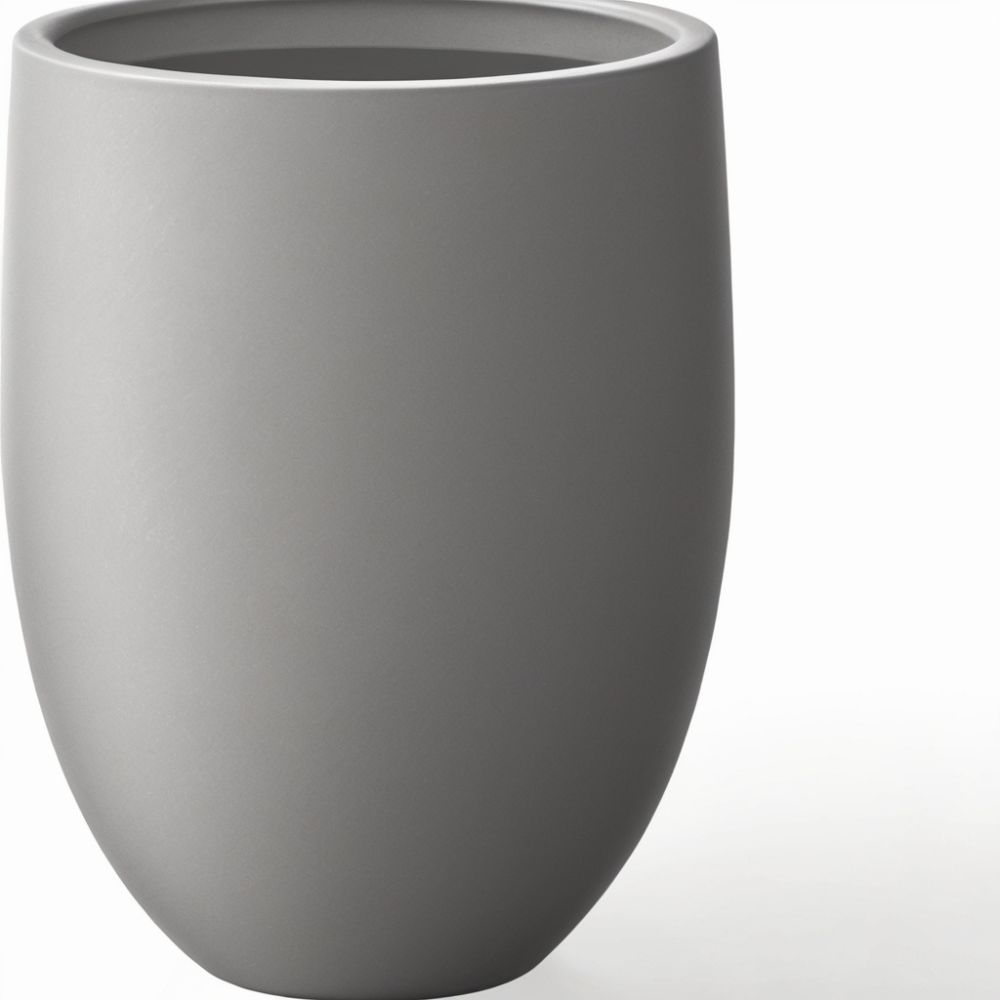
3. Potting and Soil
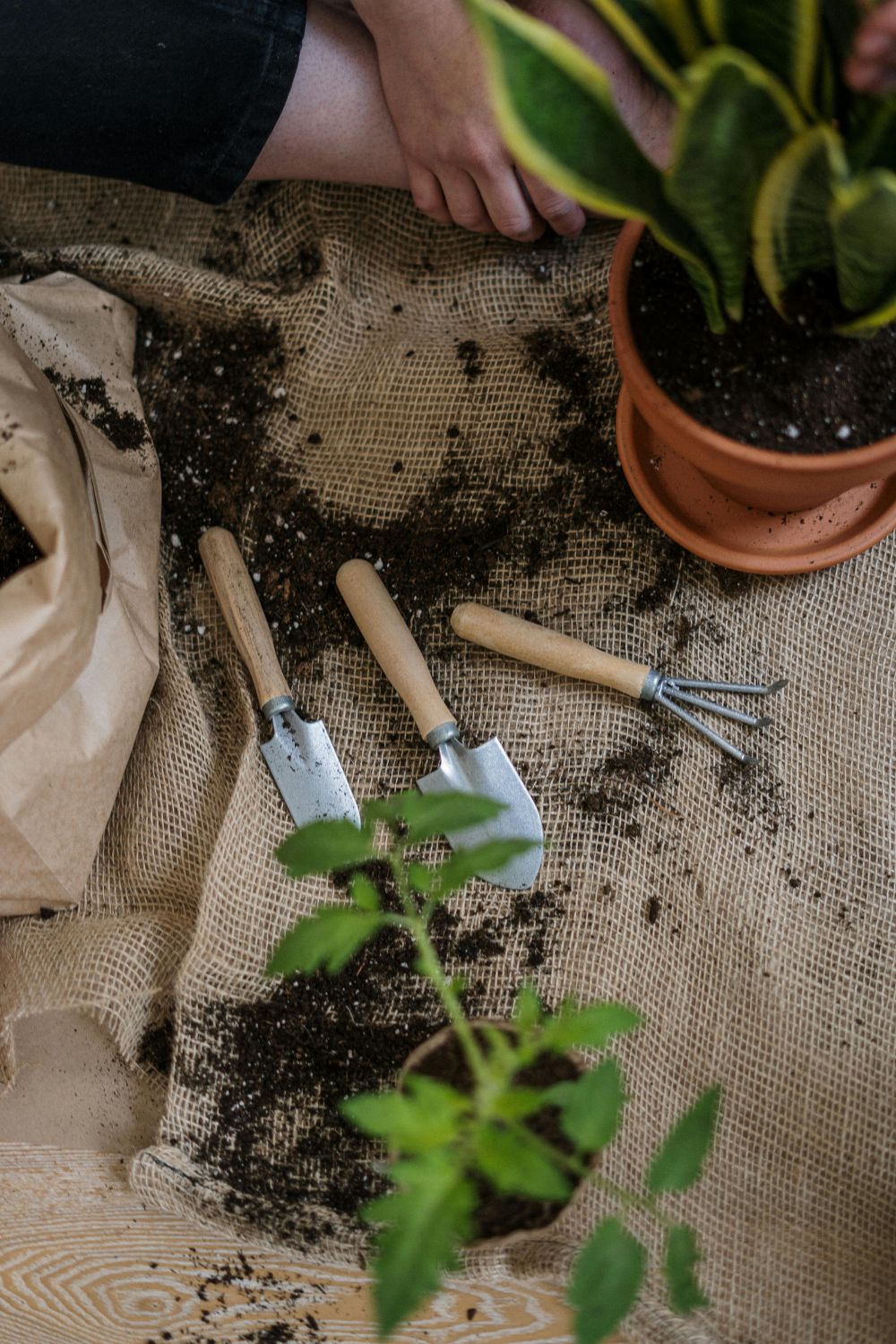
Proper potting is really important. Use pots with drainage holes, as the drainage holes avoid root rot. Choose pots that complement your home style.
Variety in pot sizes and styles adds to the aesthetics of your home.
Related: Choose The Right Pot For Your Plant
Soil is a really important thing to look for too. Always use good-quality potting mix. Some plants need special soil, like cactus mix for succulents. Add perlite or sand to improve drainage if needed.
Repot plants every year or two, when they outgrow their pots.
4. Watering Your Plants
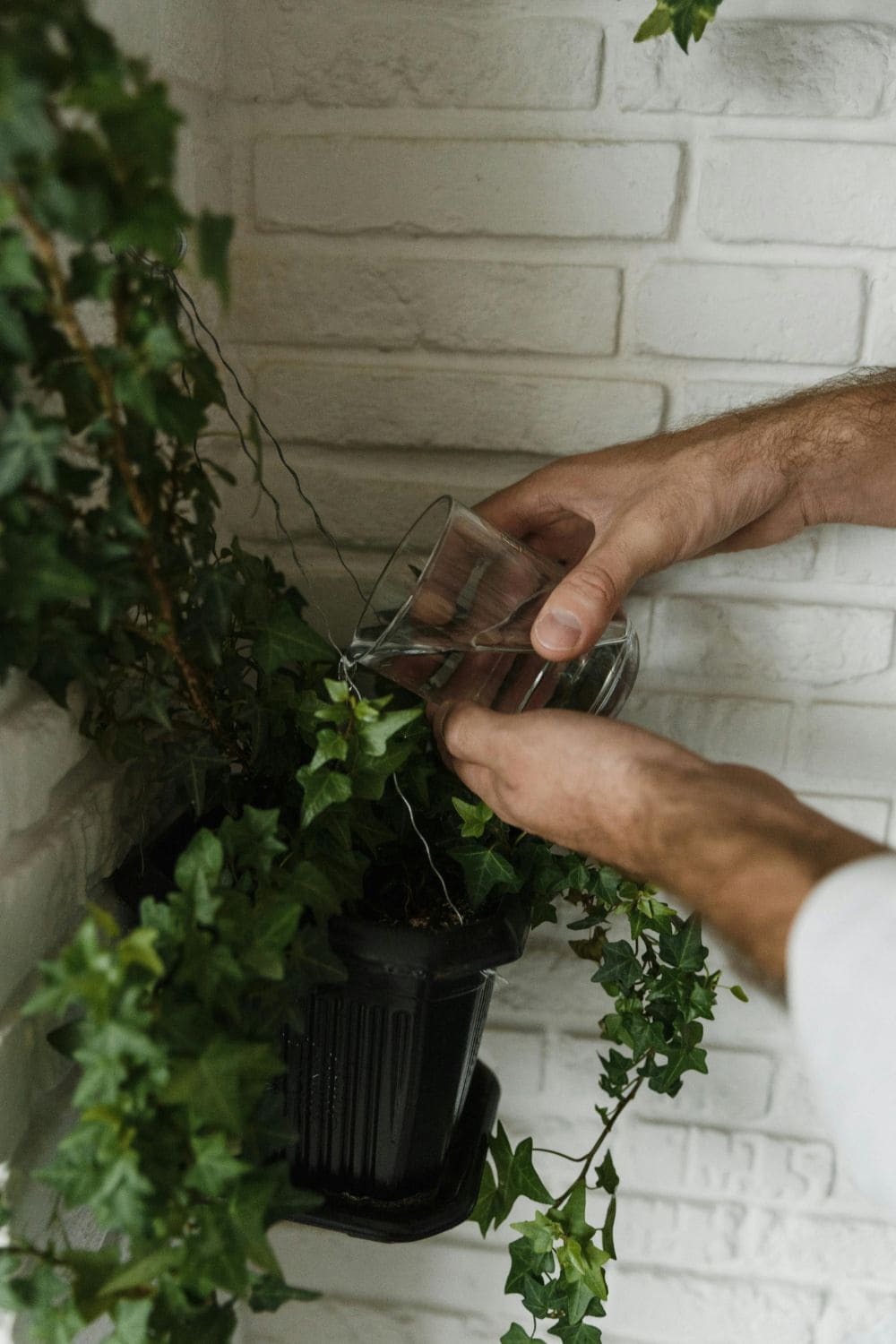
Watering is a simple thing, but most people do it the wrong way. Overwatering is the most common mistake. Every plant has its own different water needs.
Learn about each plant’s preferences. Checking the soil before watering is a wise decision to make. If it’s still moist, wait a few more days, and then water it.
Using room-temperature water is the best. Cold water may shock the roots. Watering plants in the morning is crucial. This allows any excess water to evaporate during the day.
In my opinion, grouping plants which have similar water needs together is pretty nice, as this makes it much easier to manage.
Related: Watering Tips For Indoor Plants
5. Light Requirements
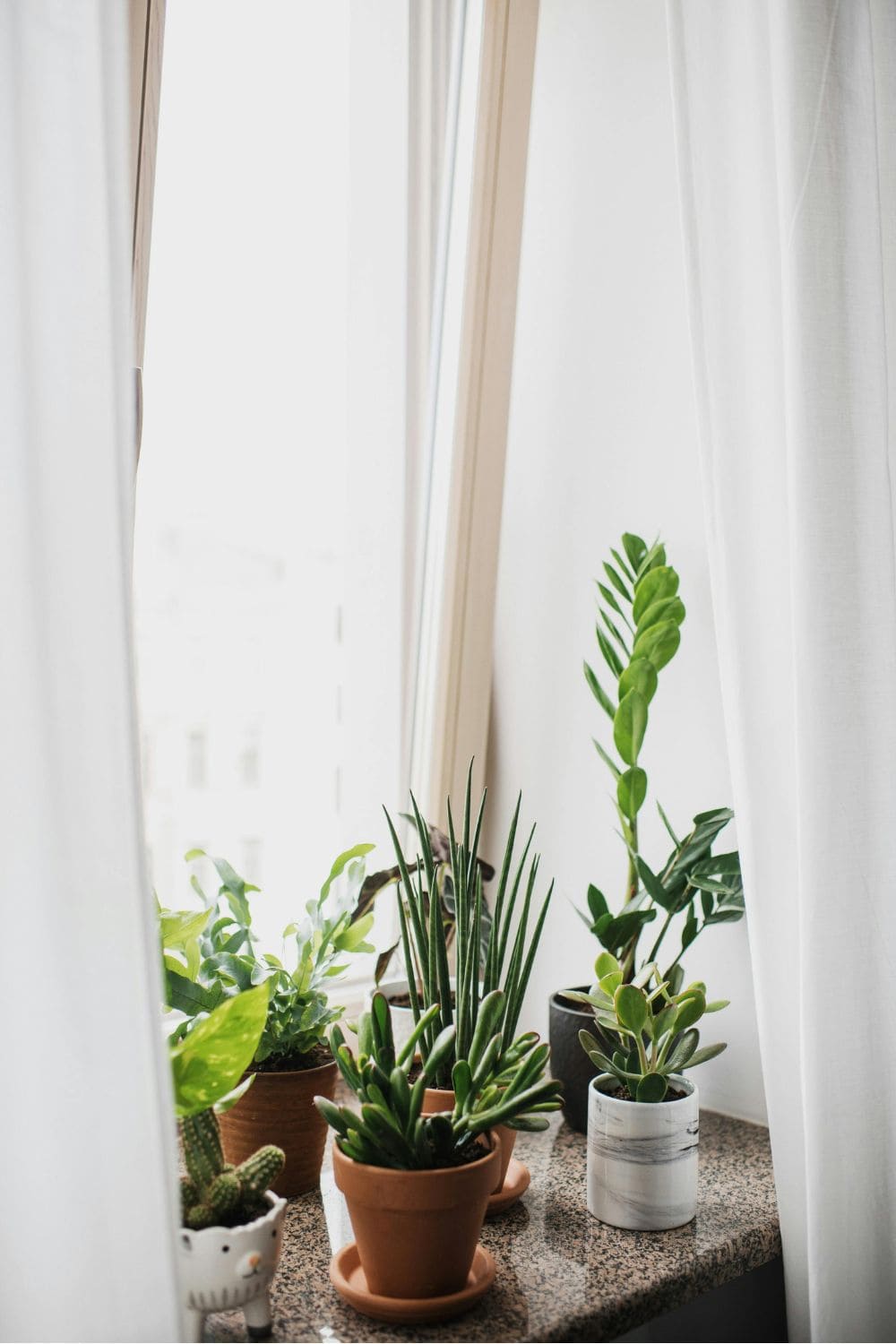
Light is another vital point for your plant’s health. First, understand the light needs of each of your plants. Low light plants can survive in darker corner.
Medium light plants do well in bright, indirect light. High light plants like succulents grow in direct sunlight.
Rotate your plants regularly to ensure that all sides get light. If natural light is not enough, consider artificial grow lights.
Grow lights can provide the necessary light range for growth. Place plants closer to windows during winter when daylight is shorter, so that they can have enough light necessary for their growth.
6. Humidity and Temperature
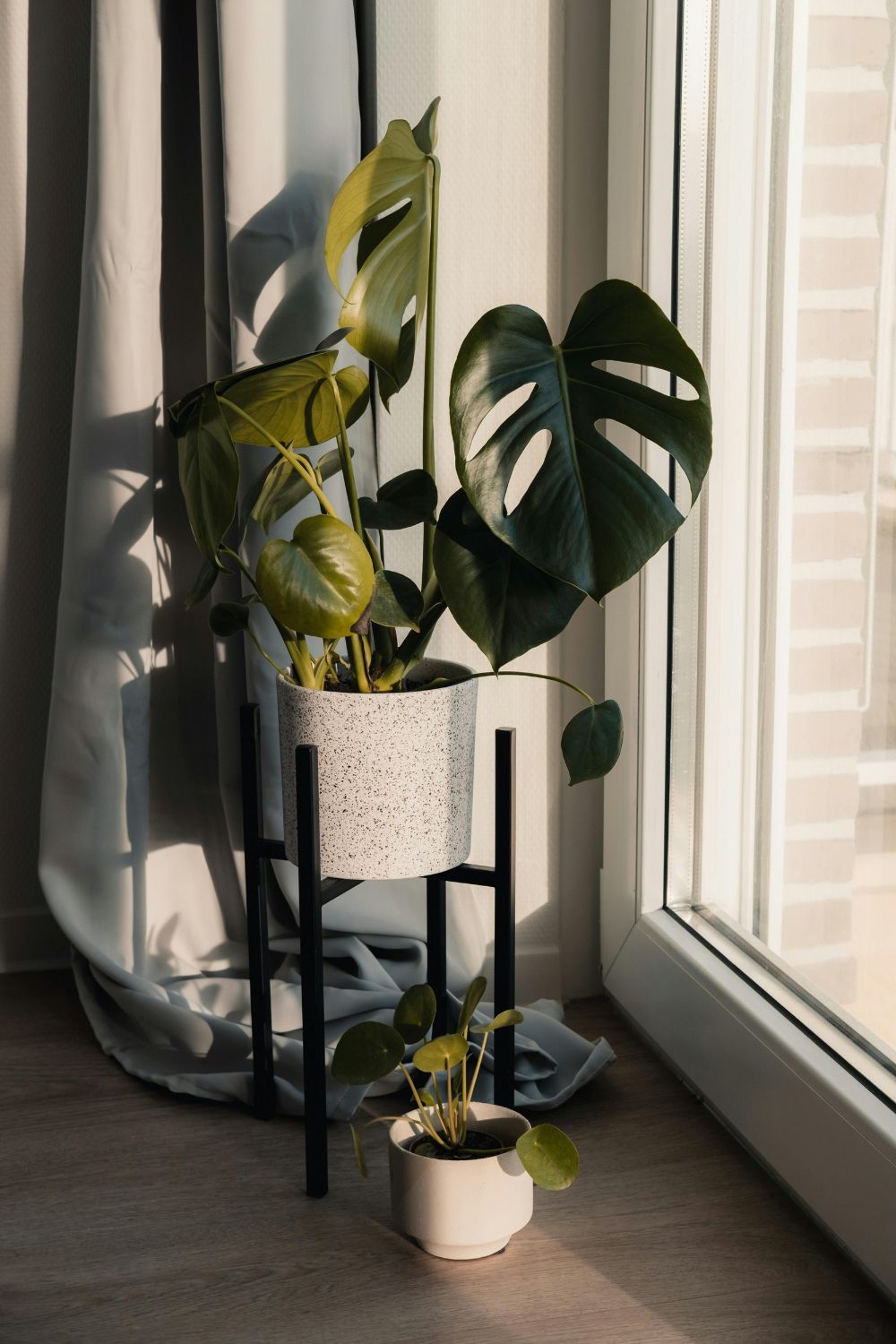
Most indoor plants love humidity. Mist your plants regularly. Using a humidifier in dry climates or during winter is good choice. Grouping plants together can also increase their humidity.
Bathrooms and kitchens are good spots because they are naturally more humid than other rooms of your house.
Temperature really matters too. Most houseplants like temperatures between 60 and 75°F (15 and 24°C).
Keep them away from drafts and heating vents. Sudden temperature changes can stress plants, in which plants can dry out.
7. Fertilizing Your Plants
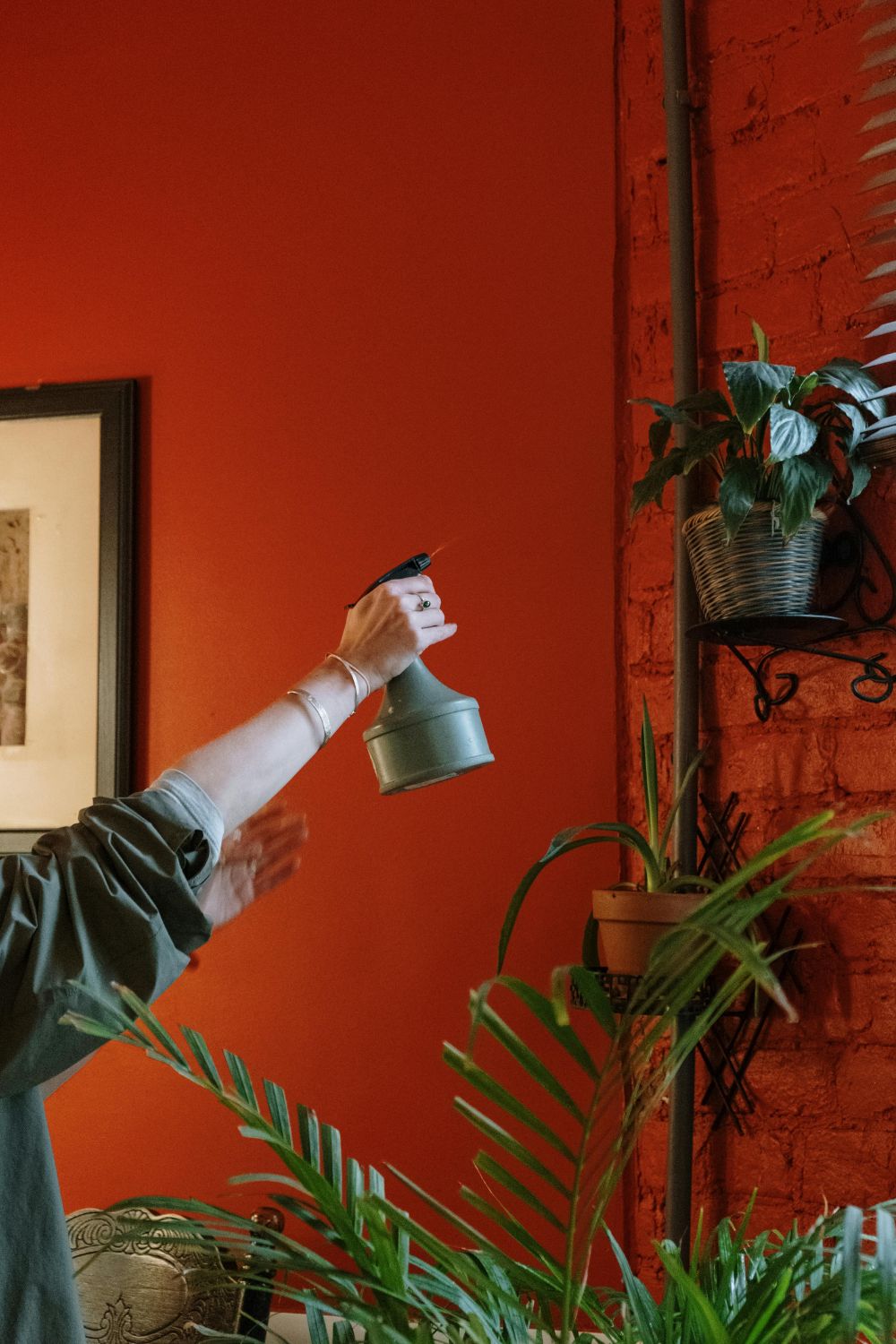
Fertilizing really helps plants grow strong and firm. Using a balanced, water-soluble fertilizer is a good decision.
Always follow the instructions on the label. Over-fertilizing can be harmful leading to root damage and chemical burns.
That’s why you should fertilize during the growing season that are spring and summer. Reduce fertilizing in fall and winter as its the time when growth slows down.
Related: Complete Guide to Fertilizing Indoor Plants
Organic options like animal waste,compost tea or worm castings are great fertilizers. They provide most nutrients and improve the soil’s health.
Liquid seaweed and fish emulsion are also quite beneficial. They are gentle and provide trace elements.
8. Pruning and Maintenance
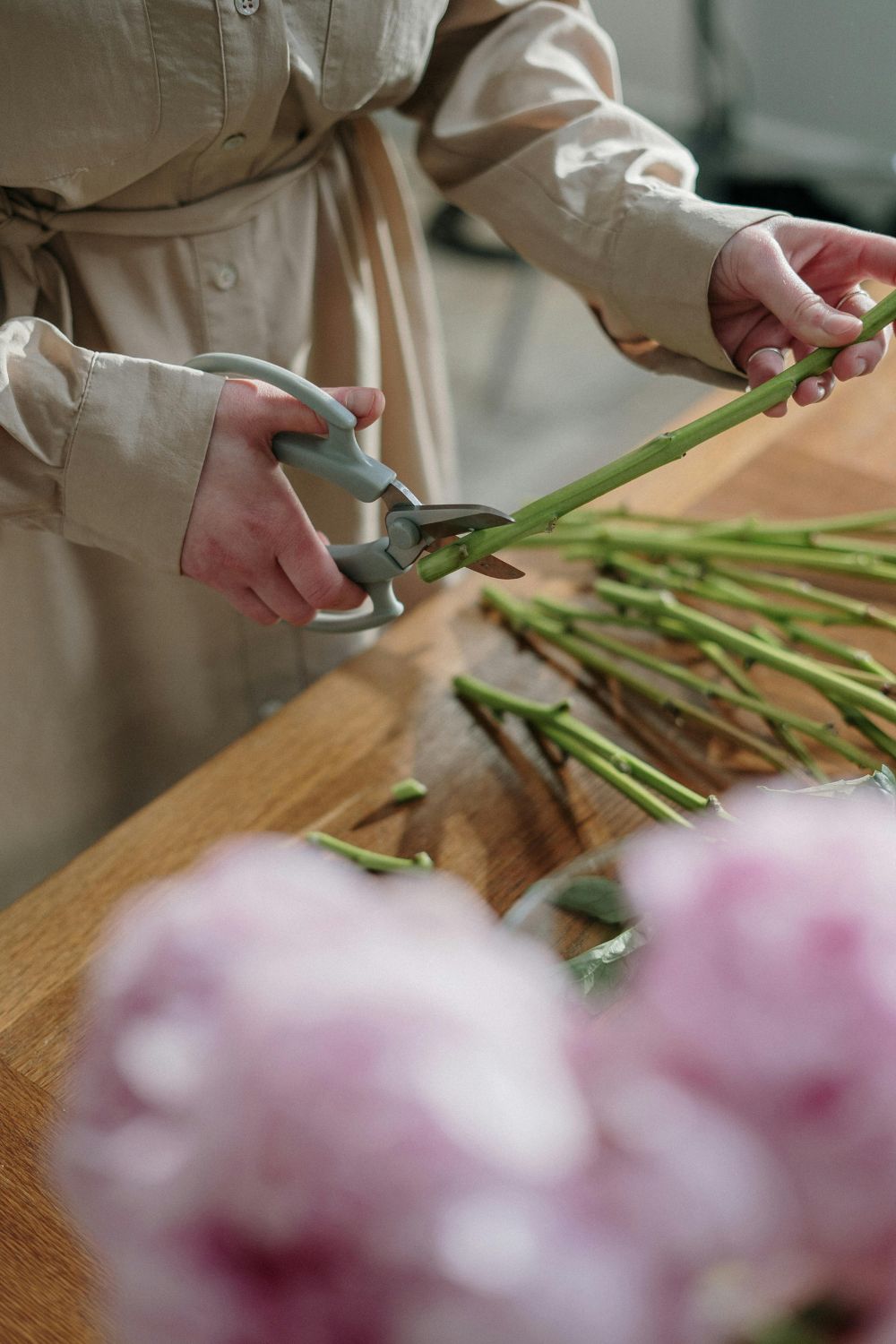
Regular maintenance keeps your jungle healthy. Remember its best to prone or cut dead or yellowing leaves, as this encourages new growth.
Trim back leggy stems if you want to promote bushier growth. Clean leaves with a damp cloth to remove dust then they will look more aesthetic.
Inspect plants for pests every two weeks or so. Common indoor pests include spider mites, aphids, and mealybugs.
Using natural remedies like neem oil or insecticidal soap. Isolate infected plants to prevent the spread to other plants of your indoor jungle.
Related: Common Pests or Indoor plants
9. Decorate With Shelves
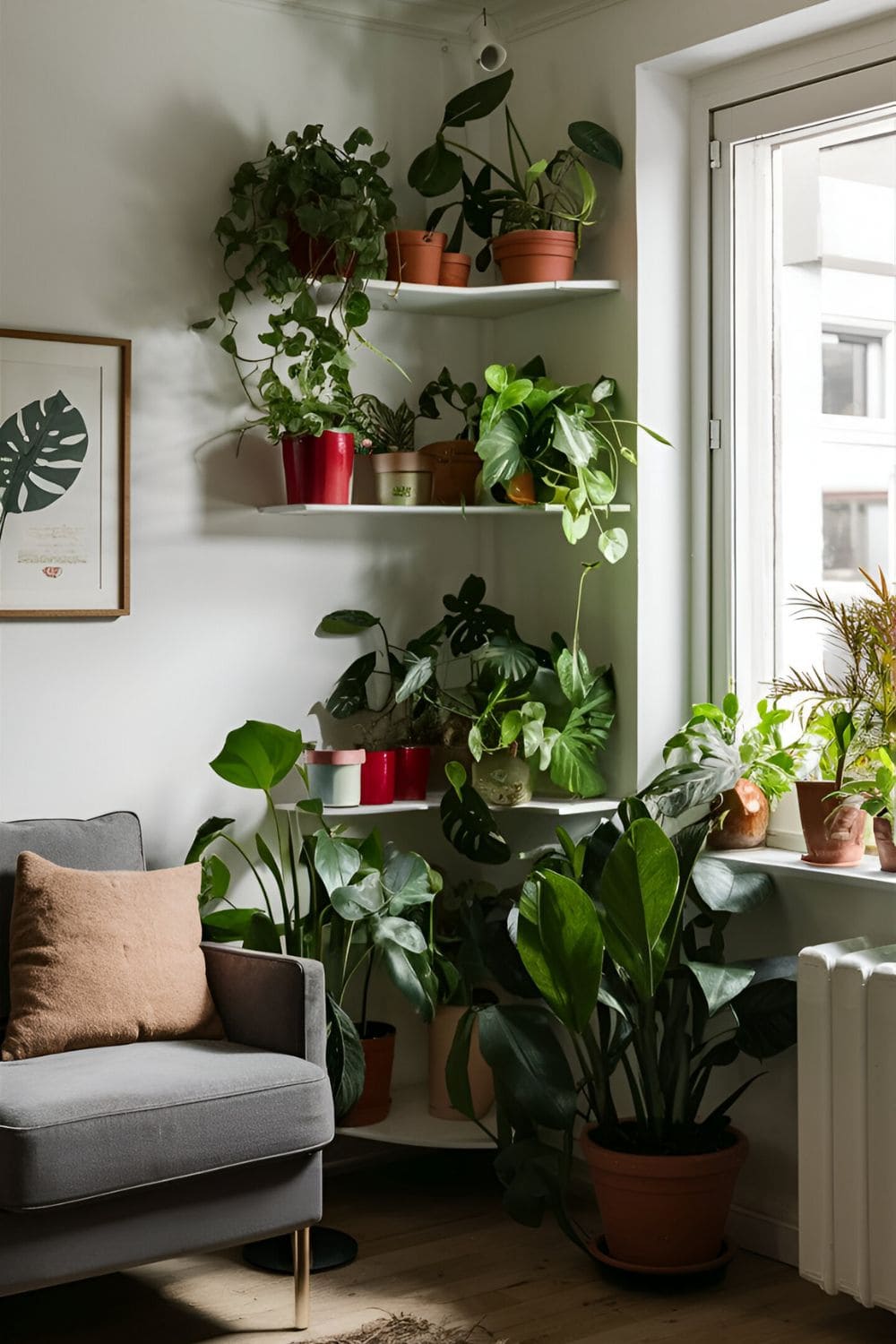
In my opinion, including plants into your home décor and style them into your living rooms, kitchen or even bathrooms is a great decision to make.
Use plant stands, shelves, and macramé hangers. Create focal points with larger plants. Use trailing plants to soften edges, as they look really nice. Mix different heights and textures for a dynamic and iconic look.
Related: DIY Indoor Plant Shelf Ideas
Add decorative elements. Use stylish pots, baskets, and plant supports. Incorporate natural elements like stones, driftwood, and shells. They enhance the jungle vibe.
FAQs About Indoor Jungle
How To Make The Indoor Jungle Successful?
Remember to establish a care routine. Consistency is key to a thriving indoor jungle. Water, mist, and check for pests regularly. Rotate and fertilize as needed. Monitor growth. Your routine will evolve as you learn what works best.
What Are the Benefits of an Indoor Jungle?
Having a mini indoor jungle offers numerous benefits. Plants improve air quality by filtering toxins. They increase humidity and reduce dust. Living with plants can boost your mood and reduce stress. They can also improve focus and productivity.
What To Do With Harmful Pests?
Isolate the affected plant as soon as possible. Use natural treatments like neem oil or insecticidal soap. Its best to Clean the area around the plant to remove any lingering pests.
How To Solve Yellow Leaves Problem In Plants
Yellow leaves can indicate overwatering, underwatering, or nutrient deficiency. Check the soil and adjust watering. Ensure proper drainage and consider a balanced fertilizer for the plant.
Conclusion
Creating a mini indoor jungle is a fulfilling project and a rewarding one too. It brings nature indoors and enhances your living space. Follow these steps, and soon you’ll have a thriving, green sanctuary, which will definitely look great.

